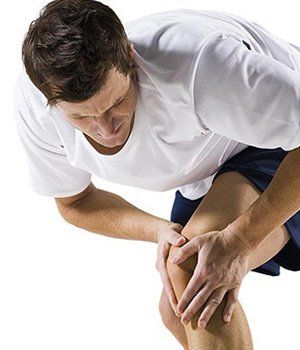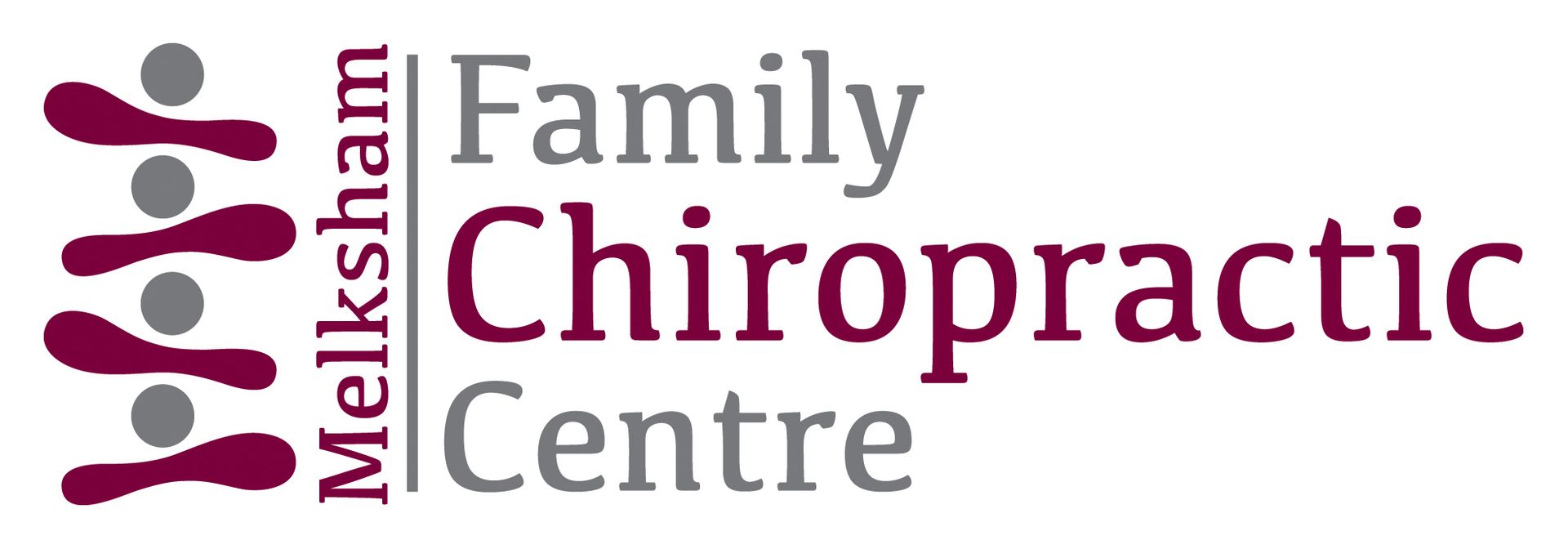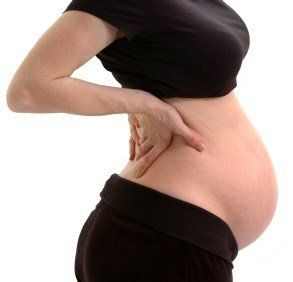64 Google Reviews
- General aches and pains of joints, muscle spasms and cramps
- Joint pains resulting from osteoarthritis (including hip and knee)
- Mechanical neck pain
- Headaches arising from the neck
- Prevention of migraines
- Frozen shoulder
- Shoulder and elbow pains (including tennis elbow) when associated with other musculo-skeletal conditions of the spine
- Tension
-
Chiropractic Care for Headaches & Migraines
Are you experiencing regular headaches or migraines? These can originate from from your neck, shoulder or TMJ.
-
Chiropractic Care for the Neck to Low Back
Are you struggling with pains from the muscles, joints or nerves your Neck, Mid-Back, Ribs and/or Low Back?
-
Chiropractic Care for the Upper Limb
Are you having trouble or injuries to the muscles, joints or nerves in your Arm, Shoulder, Elbow, Wrist or Hand?
-
Chiropractic Care for the Lower Limb
Do you suffer with problems or injuries with the muscles, joints or nerves in your Leg, Hips, Knee, Ankle or Foot?
-
Pregnancy & The Early Years
Pregnancy & Postnatal back pains are common. Get yourself & your newborn checked over to see if you need any help.
-
The Toddler to Adolescent Years
Bumps, falls and lots of growing are all part of these years. Our Chiropractors can help ensure development goes smoothly.
-
The Busy Working Life Years
Let us help keep you on track while you are busy working, playing sports, stressed, sat at a desk or doing manual work.
-
The Relaxing Retirement Years
Pains, aches, stiffness and some unfortunate 'wear & tear' can develop over time. Let us help keep you moving.
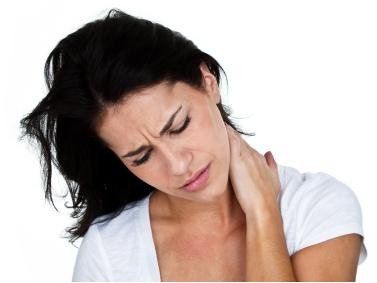
Headaches & Migraines
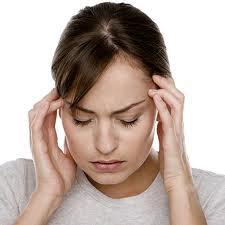
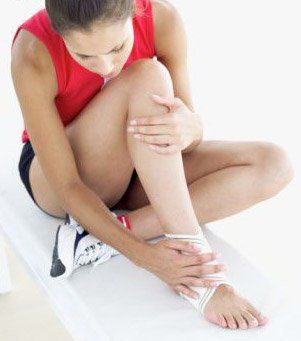
Sports Injuries
'Slipped' Discs, Trapped Nerves & Sciatica
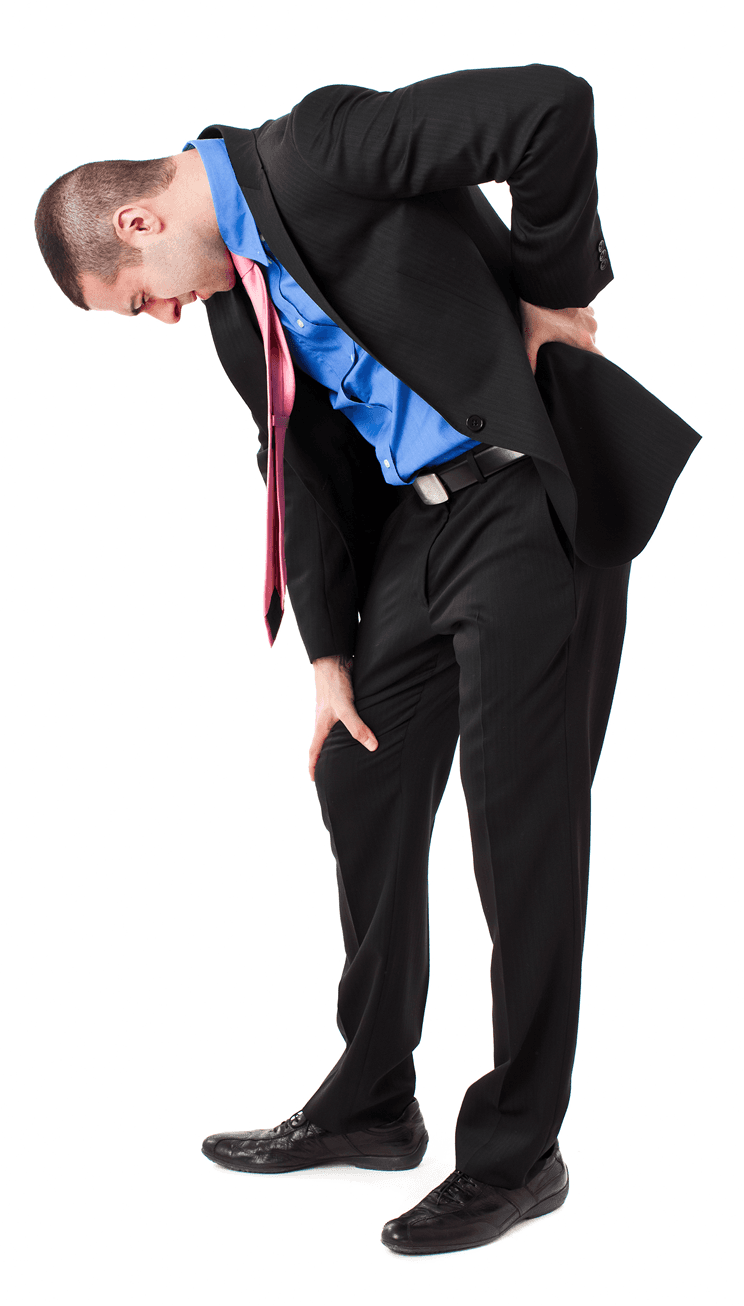
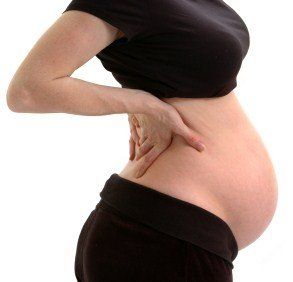
Pregnancy Related Back Pain
Arthritic Pains & Stiffness
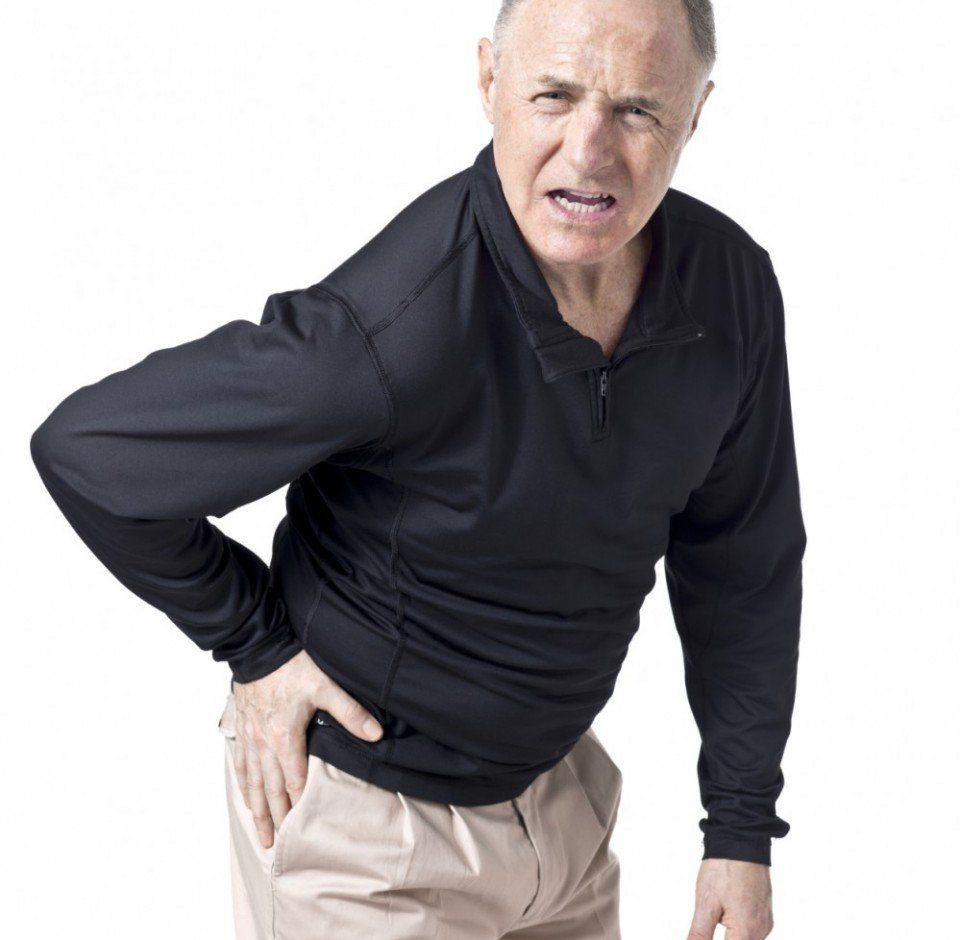

Frozen Shoulder
Dizziness


Repetitive Strain Injuries (RSI)
Hip, Knee & Ankle Pains
